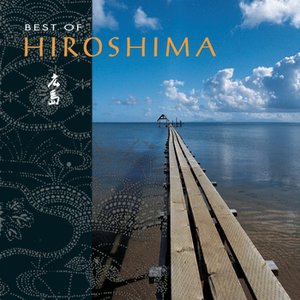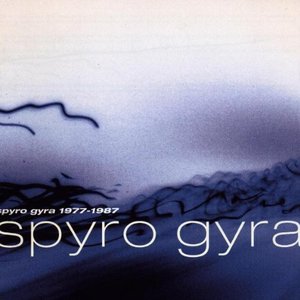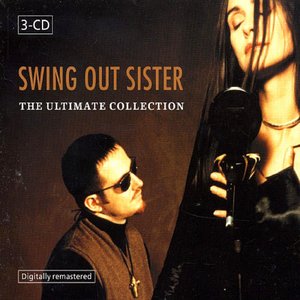Wiki
-
Length
6:06
The jazz fusion band Hiroshima wrote a song called "Thousand Cranes" inspired by Sadako Sasaki, a Japanese girl who was two years old when the atomic bomb was dropped on August 6, 1945, near her home by Misasa Bridge in Hiroshima, Japan. Sadako is remembered through the story of attempting to fold a thousand origami cranes before her death, a wish which was memorialized in popular culture.
Sadako was at home when the explosion occurred, about one mile from Ground Zero. In November 1954. Sadako developed swellings on her neck and behind her ears. In January 1955, purple spots had formed on her legs. Subsequently, she was diagnosed with leukemia. She was hospitalized on February 21, 1955, and given, at the most, a year to live.
Sadako's best friend Chizuko Hamamoto came to the hospital to visit, and cut a golden piece of paper into a square to fold it into a paper crane, in reference to the ancient Japanese story that promises that anyone who folds a thousand origami cranes will be granted a wish by the Gods. A popular version of the story is that Sadako fell short of her goal of folding 1,000 cranes, having folded only 644 before her death, and that her friends completed the 1,000 and buried them all with her.
After her death, Sadako's friends and schoolmates published a collection of letters in order to raise funds to build a memorial to her and all of the children who had died from the effects of the atomic bomb. In 1958, a statue of Sadako holding a golden crane was unveiled in the Hiroshima Peace Memorial, also called the Genbaku Dome. At the foot of the statue is a plaque that reads:
"This is our cry. This is our prayer. Peace on Earth."
Track descriptions on Last.fm are editable by everyone. Feel free to contribute!
All user-contributed text on this page is available under the Creative Commons Attribution-ShareAlike License; additional terms may apply.







